In the ever-evolving landscape of home design, creating spaces that are both functional and stylish is more important than ever. Multi-purpose rooms, once a luxury, have become a necessity in today’s dynamic living environments, offering a perfect blend of versatility and efficiency that caters to both beginners and seasoned decorators alike.
For those just dipping their toes into the world of interior design, the concept of a multi-purpose room might initially seem daunting. However, these adaptable spaces are not only achievable but can also transform the way you experience your home, providing solutions for storage, work, relaxation, and play all in one beautifully cohesive area.
In this article, we’ll explore the art of designing multi-purpose rooms that maximize every square foot without compromising on aesthetics. You’ll discover practical tips and creative ideas to tailor your spaces to meet your unique needs, whether you’re looking to carve out a home office in the corner of your living room or create a dual-function guest room and gym.
Maximizing Space with Smart Layouts
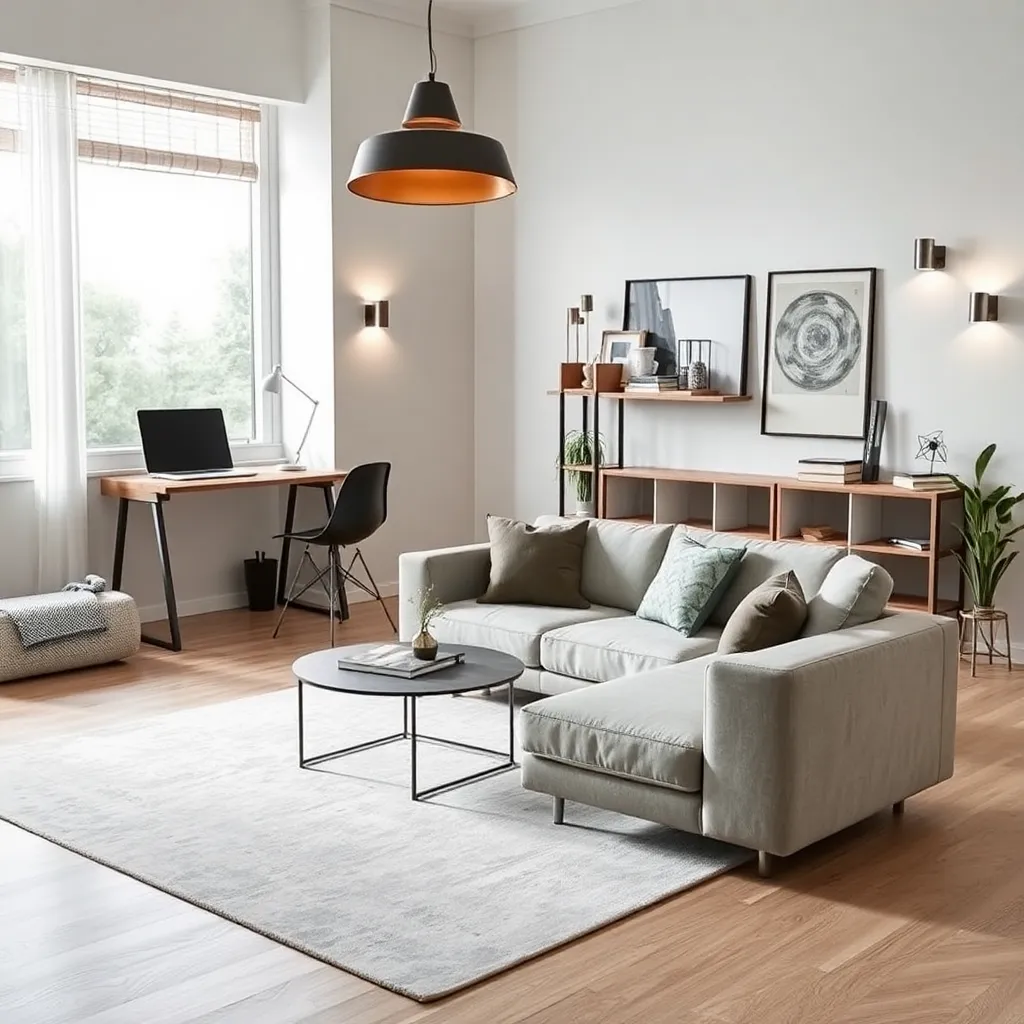
To maximize space in a multi-purpose room, begin by choosing versatile furniture that can adapt to different functions. For example, a sofa bed or a foldable desk can seamlessly transition the room from a lounge to a home office or guest room.
Consider the room’s layout to ensure each area is functionally distinct yet visually cohesive. Use rugs, lighting, or bookshelves to define separate zones without the need for physical walls, maintaining an open and airy feel.
Color schemes play a crucial role in visually expanding a space. Opt for light, neutral colors on walls and larger furniture pieces to create an illusion of openness, while using bold accents in smaller decor items for personality.
For advanced decorators, consider incorporating multi-level shelving to maximize vertical space. This not only provides ample storage but also draws the eyes upward, making the room appear taller and more spacious.
Choosing Versatile Furniture Options
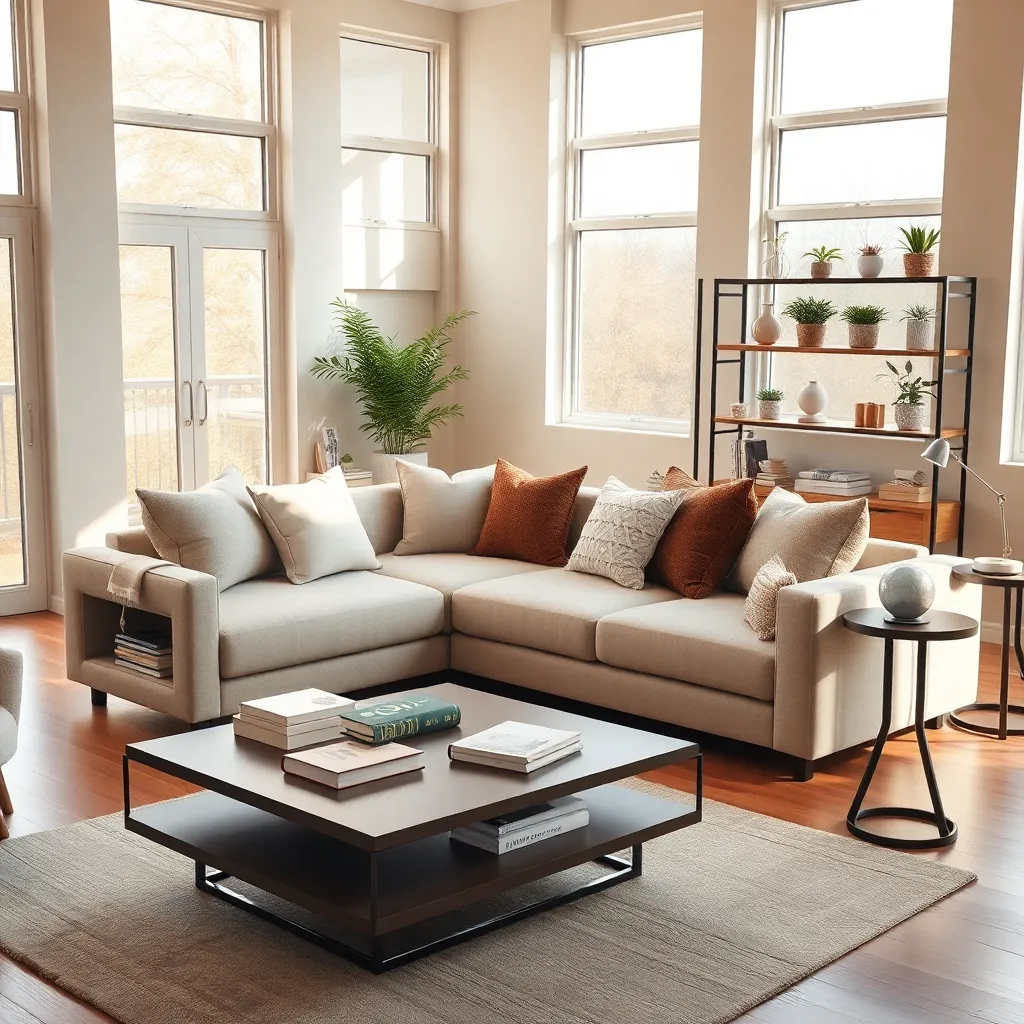
Incorporating versatile furniture in a multi-purpose room is key to maximizing functionality. Opt for pieces like a sofa bed or a convertible coffee table that can easily transition between uses, allowing you to adapt the space as needed.
Consider investing in a modular shelving unit that can be adjusted or expanded over time. This type of furniture not only provides ample storage but also allows you to customize the layout to fit different room configurations.
For those looking to make a statement, choose a bold color or unique material for your versatile furniture that complements your existing decor. For example, a walnut-finished bench with storage can add warmth and style while serving multiple purposes, from seating to stowing away clutter.
Balance aesthetics and function with multi-use furniture by focusing on quality materials that stand up to daily wear. Select pieces with durable fabrics or finishes, such as leather or high-performance textiles, to ensure longevity while maintaining visual appeal.
Incorporating Flexible Lighting Solutions
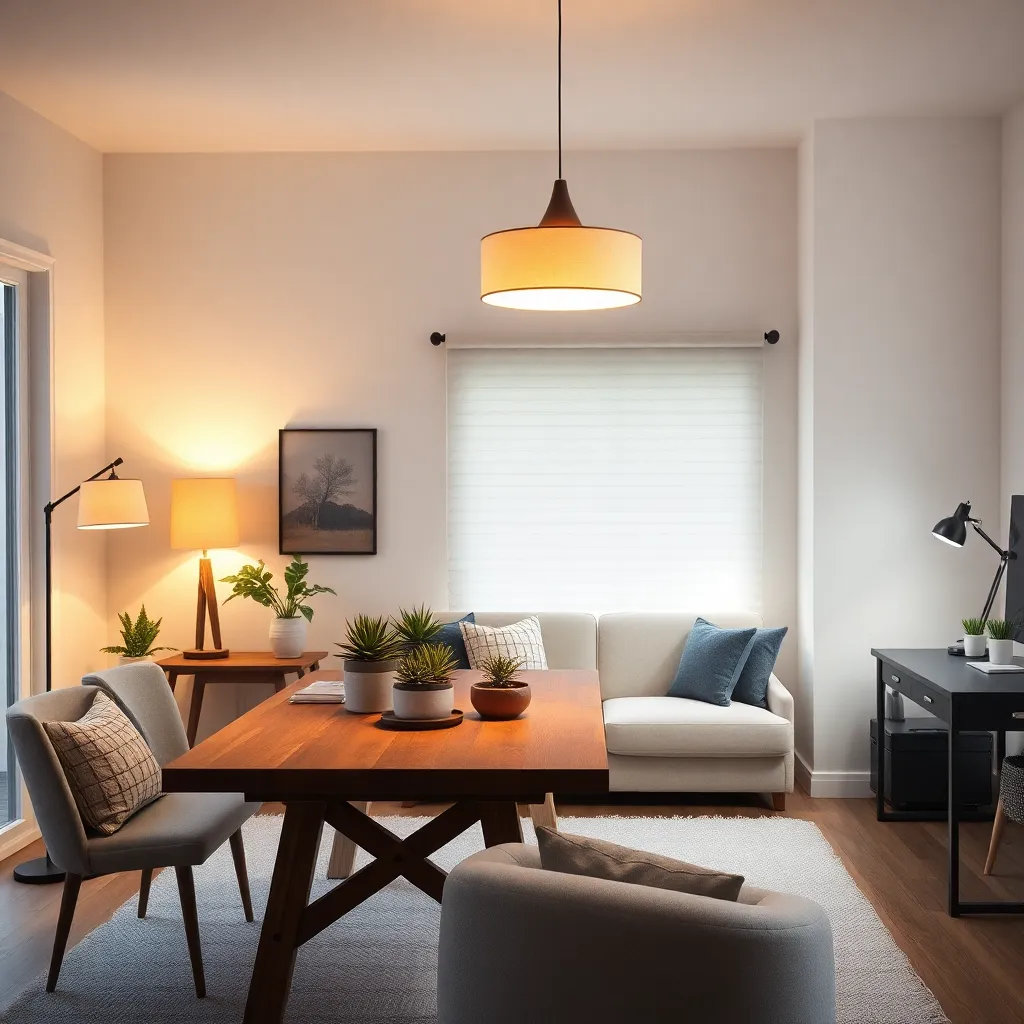
Lighting is crucial in multi-purpose rooms as it enhances both functionality and mood. Begin by installing dimmable overhead lights to adjust brightness depending on the activity, whether it’s working, relaxing, or entertaining.
Incorporate task lighting for specific areas like a reading nook or a home office setup. Desk lamps with adjustable arms or wall-mounted sconces can provide focused illumination where needed, making these areas more efficient.
For a touch of ambiance, consider adding LED strip lights behind shelves or under cabinets. These subtle light sources can highlight architectural features and create a warm, inviting atmosphere in the evening.
Using a combination of lighting fixtures allows for greater flexibility and style. Mix materials such as metal and fabric to add texture, and consider energy-efficient bulbs to reduce your environmental footprint while keeping the room versatile and stylish.
Optimizing Storage for Dual Functions
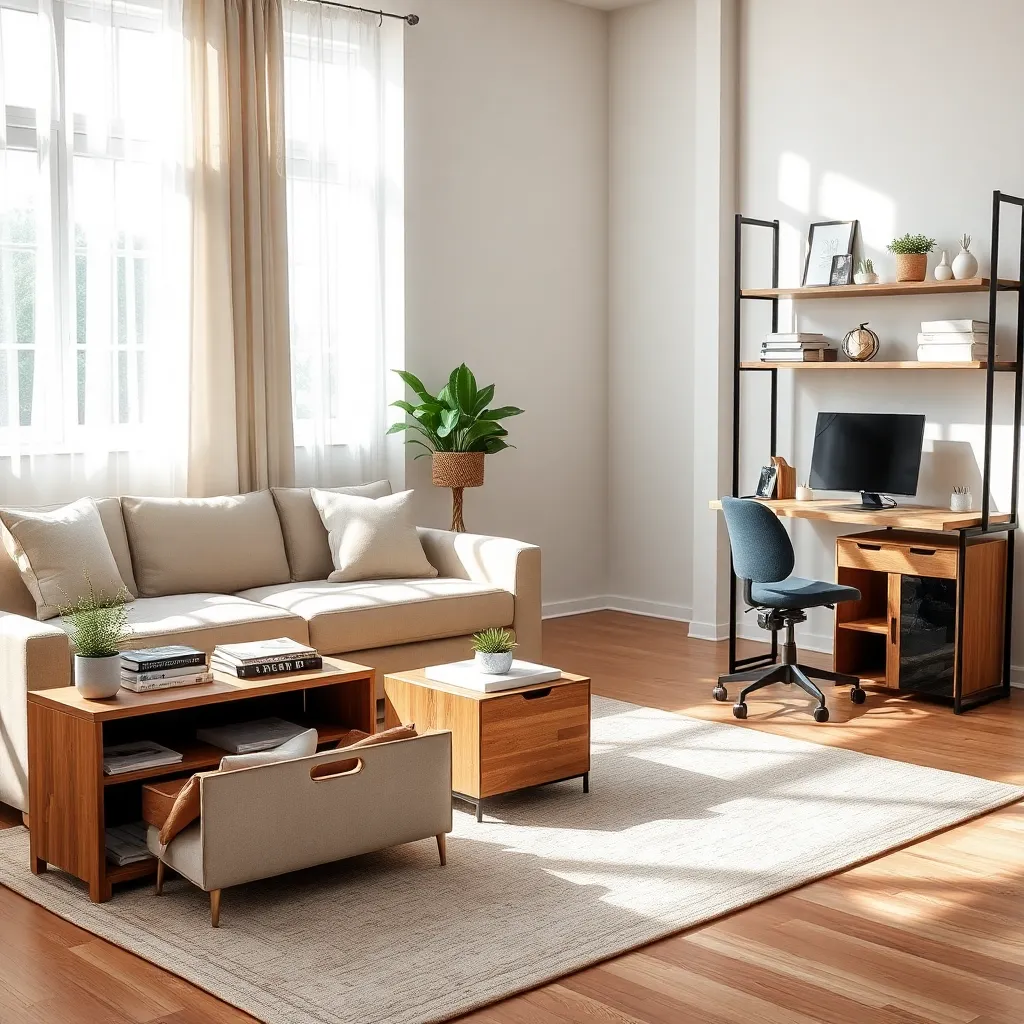
Optimizing storage in a multi-purpose room is essential for maintaining both functionality and aesthetics. Begin by selecting furniture pieces that offer dual functions, such as an ottoman with hidden storage or a wall-mounted desk that folds away when not in use.
Consider integrating built-in storage solutions that blend seamlessly with the room’s design. Floating shelves and custom cabinetry can provide ample space for items while keeping the floor area open, enhancing the room’s versatility and visual appeal.
Color coordination plays a crucial role in making storage solutions feel like a natural part of the room. Use a palette of complementary colors for storage units and existing decor to create a cohesive look, ensuring the space remains inviting and uncluttered.
For a sophisticated touch, utilize glass-fronted cabinets to display attractive items while keeping them dust-free. This not only adds a layer of elegance but also helps in organizing the room without sacrificing style, making it easy for both beginners and seasoned decorators to implement.
Design Tips for Seamless Transitions
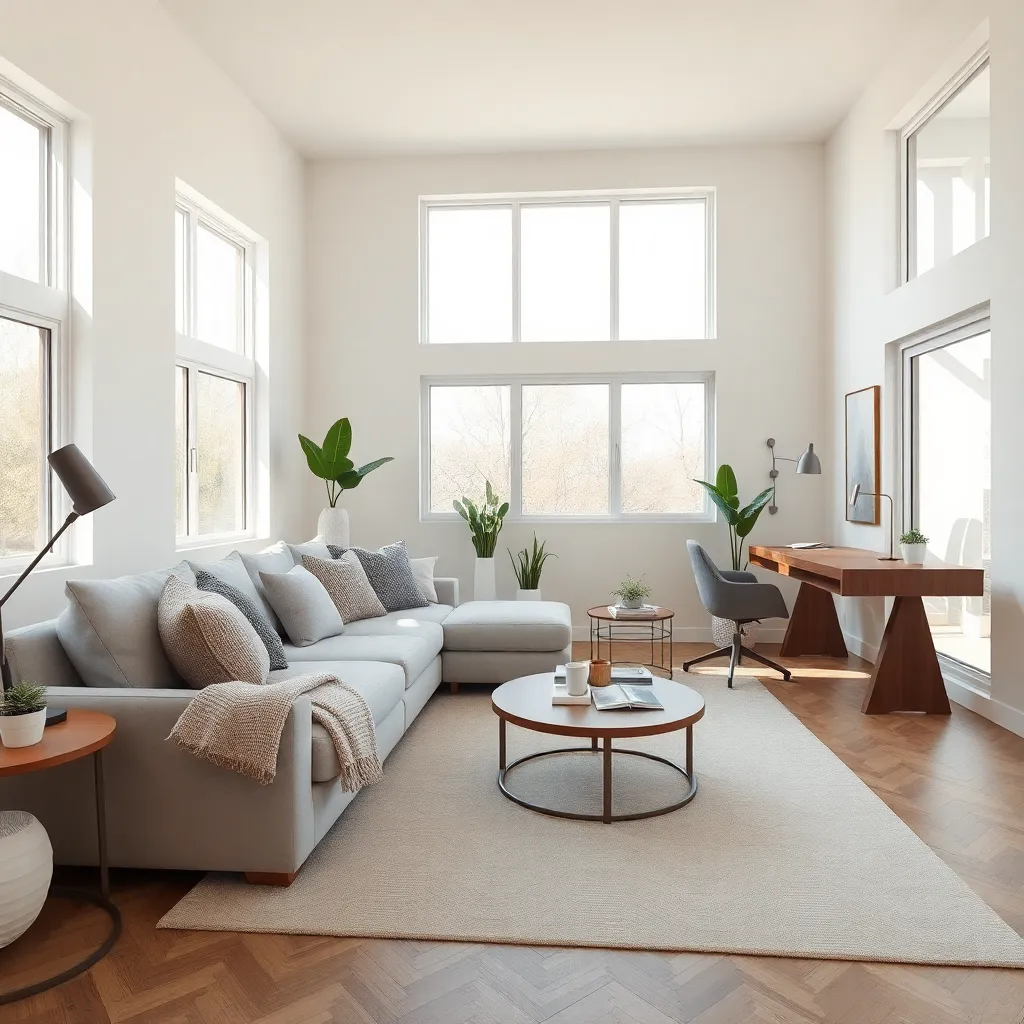
Creating seamless transitions in a multi-purpose room is essential for maintaining a cohesive look. Choose a consistent color palette that flows throughout the space to unify different areas, such as sticking to neutral tones like grays and beiges with accented pops of color.
Furniture placement plays a crucial role in transitioning between functions. Use rugs or flooring changes to define different zones, such as a plush area rug under a reading nook and a more durable, easy-to-clean floor for a workspace.
Lighting can also guide the eye and create visual separation in a multi-purpose room. Layer your lighting by incorporating overhead fixtures, task lighting, and ambient lights to enhance the functionality of each zone while maintaining a consistent style.
Incorporating versatile furniture pieces is an advanced strategy for seamless transitions. Opt for furniture that can serve multiple purposes, like a fold-out desk or a daybed that can double as a sofa, to effortlessly switch between tasks in the room.
Conclusion: Growing Success with These Plants
In exploring the multifunctionality of room designs, we’ve delved into five pivotal relationship concepts: the importance of shared spaces in nurturing connection, how adaptability in room usage mirrors adaptability in relationships, the role of personal space in maintaining individuality, the impact of environment on emotional well-being, and the art of compromise when designing shared areas. These insights remind us that our physical surroundings can profoundly influence our relationships, fostering harmony and understanding.
As an actionable next step, take a moment to evaluate your own living spaces. Consider how they can be reimagined to enhance connection and personal growth. Whether it’s creating a cozy reading nook for solitude or a vibrant, shared workspace, small changes can lead to significant relationship improvements.
Don’t let these valuable insights fade away—bookmark this article now for easy access when you’re ready to revisit and refine your living spaces.
Remember, successful relationships are built on a foundation of thoughtful interaction and adaptation, much like a well-designed multipurpose room. Embrace these principles, and watch your relationships flourish with renewed vibrancy and understanding.
